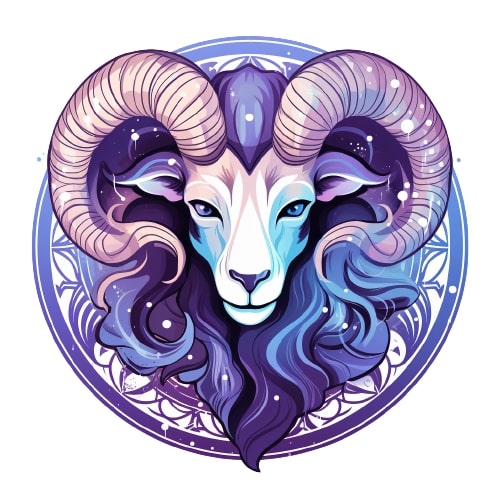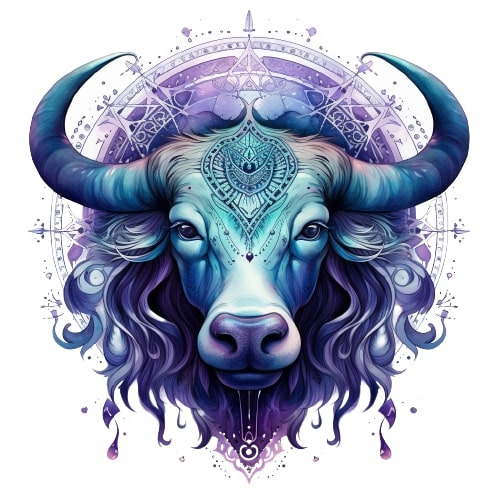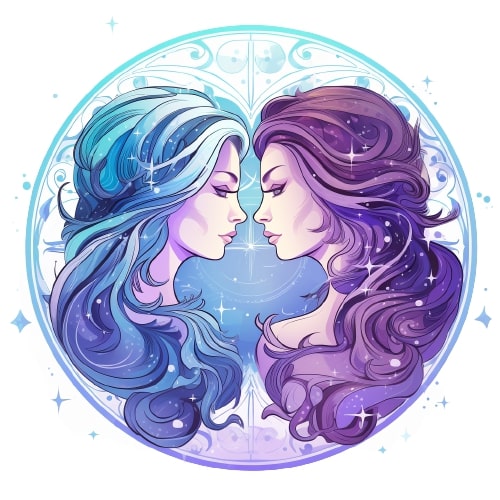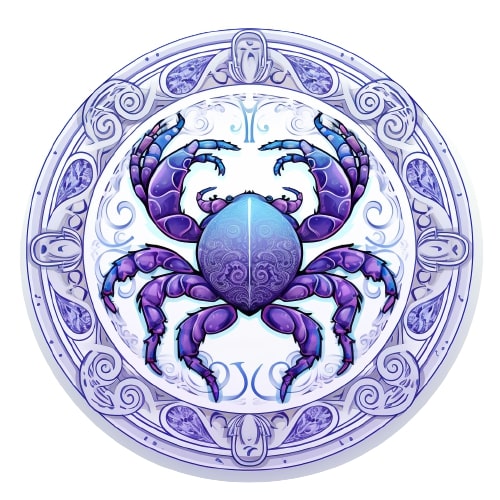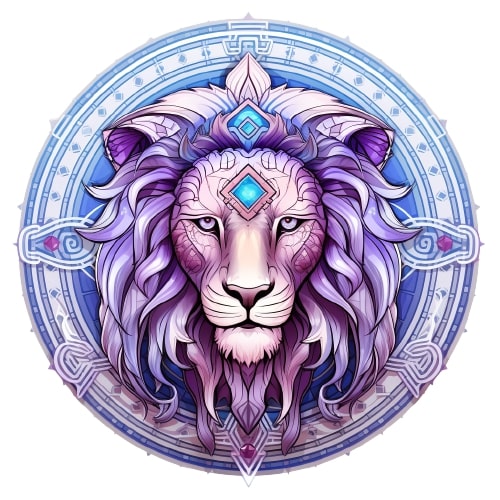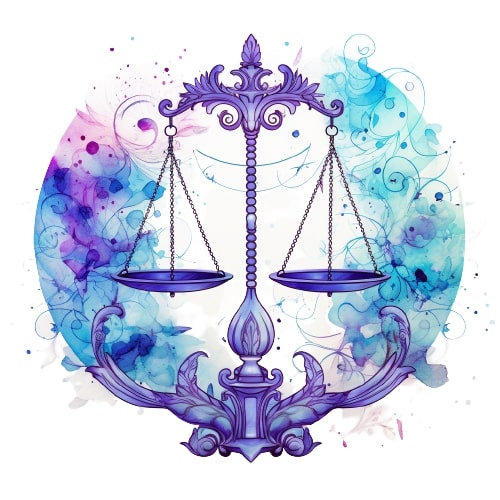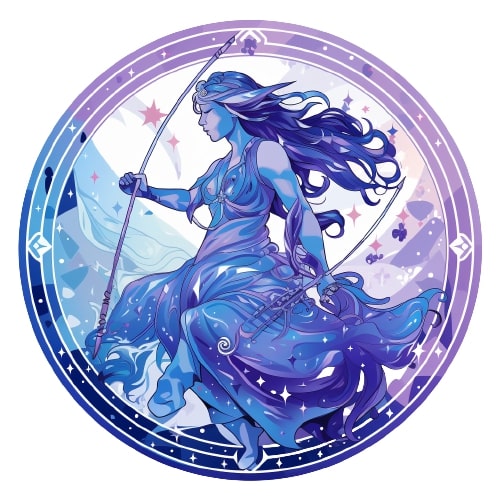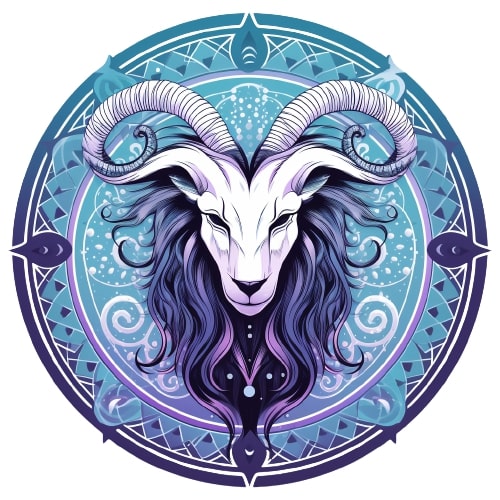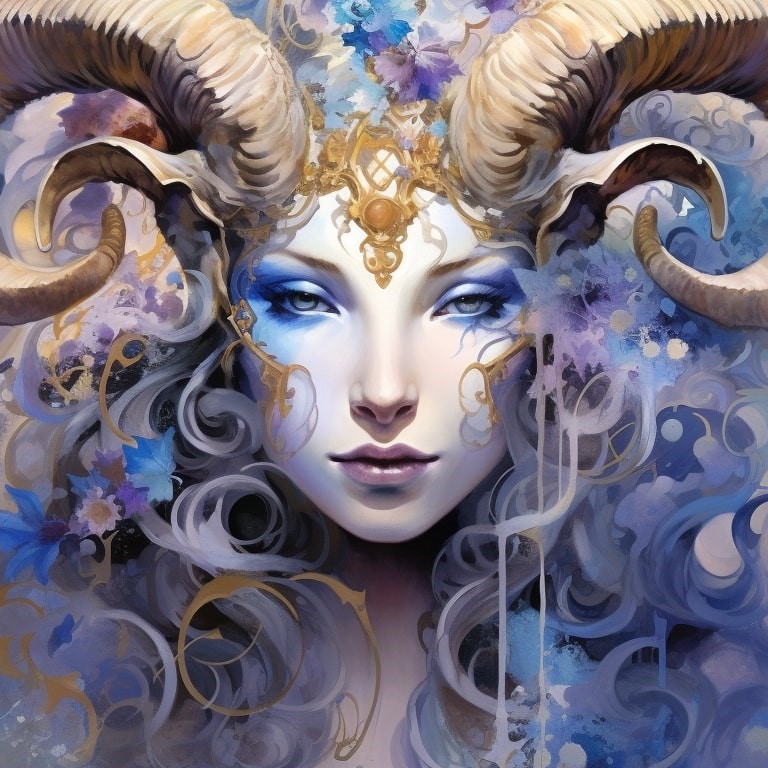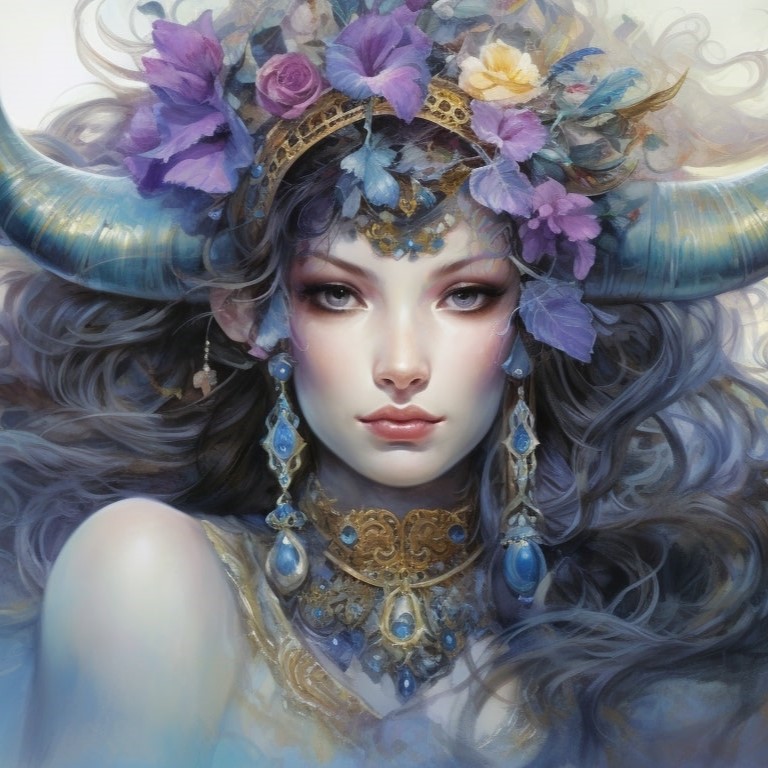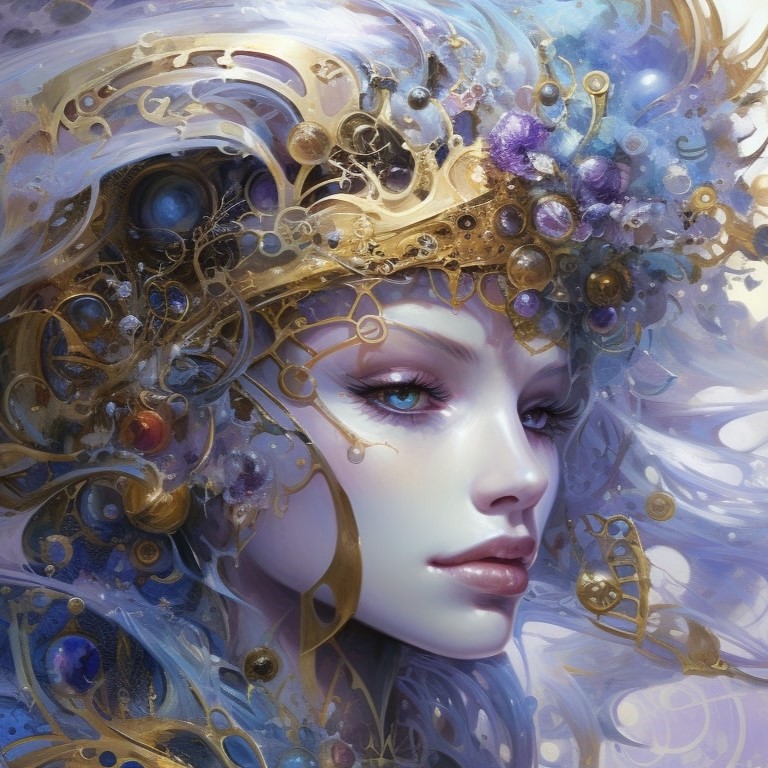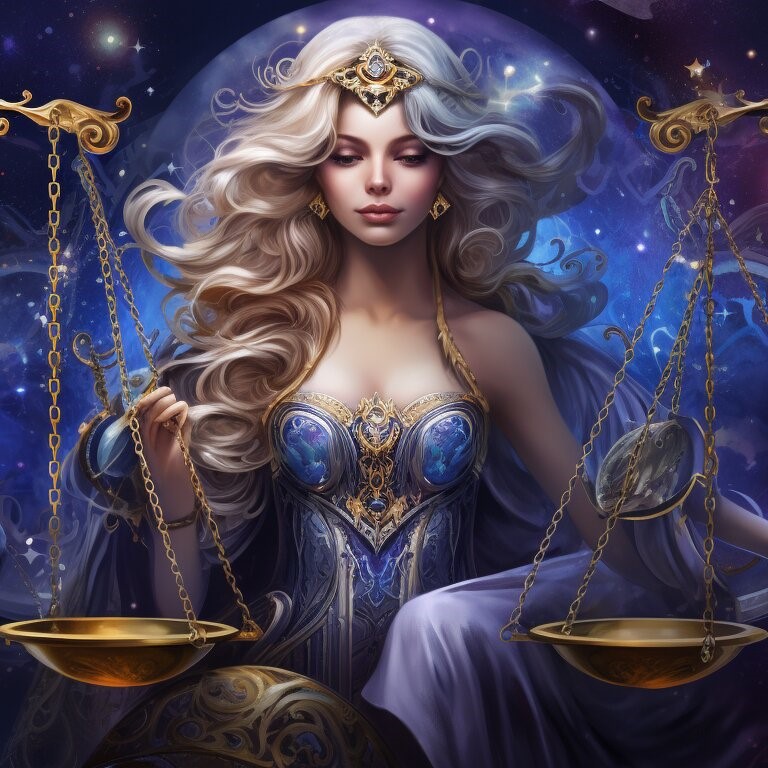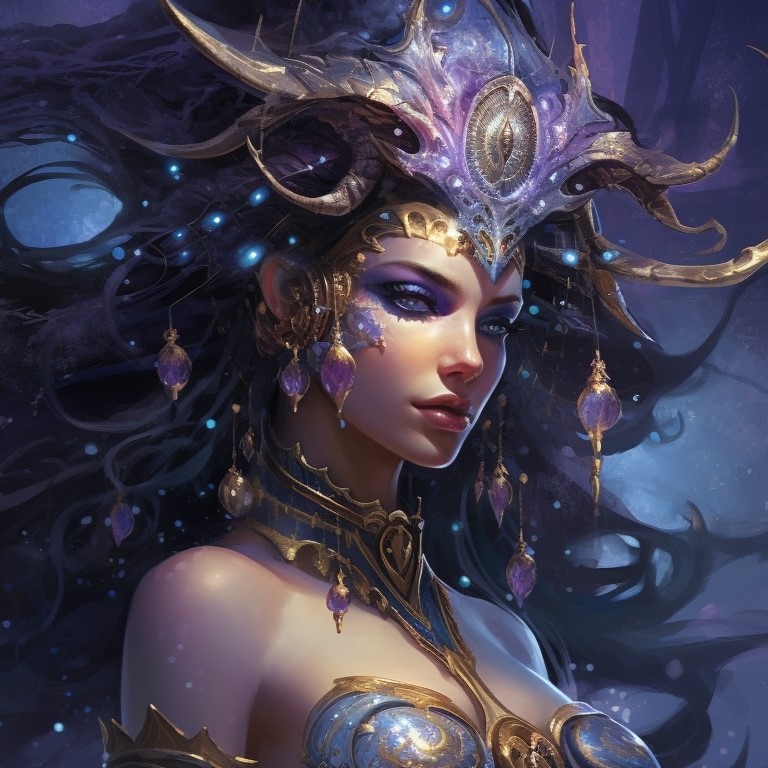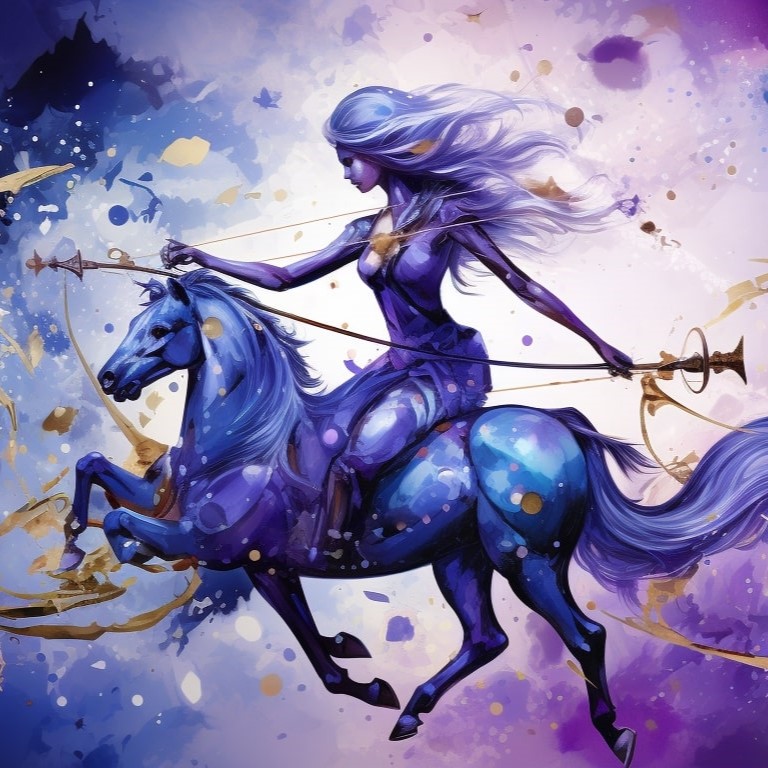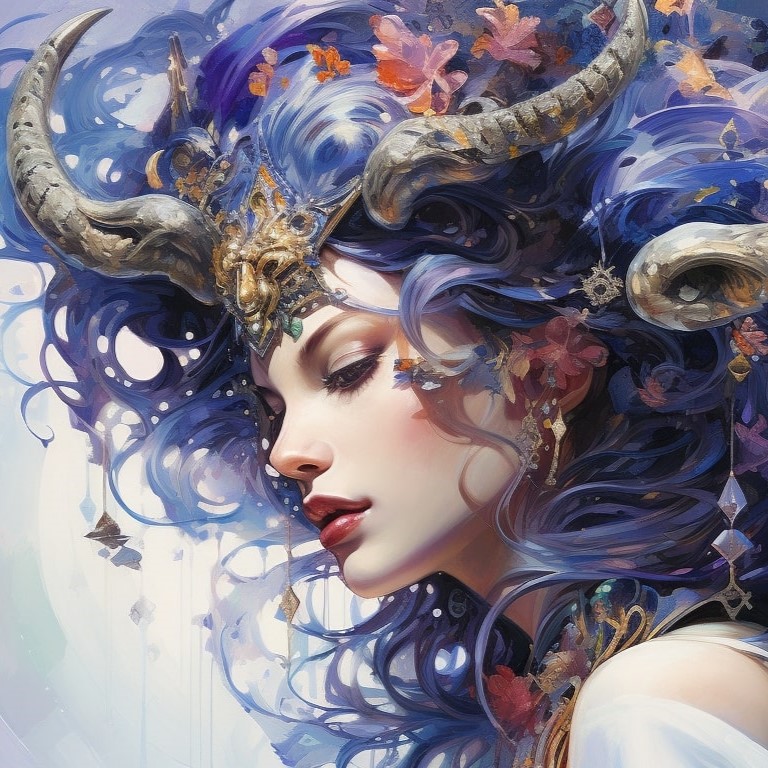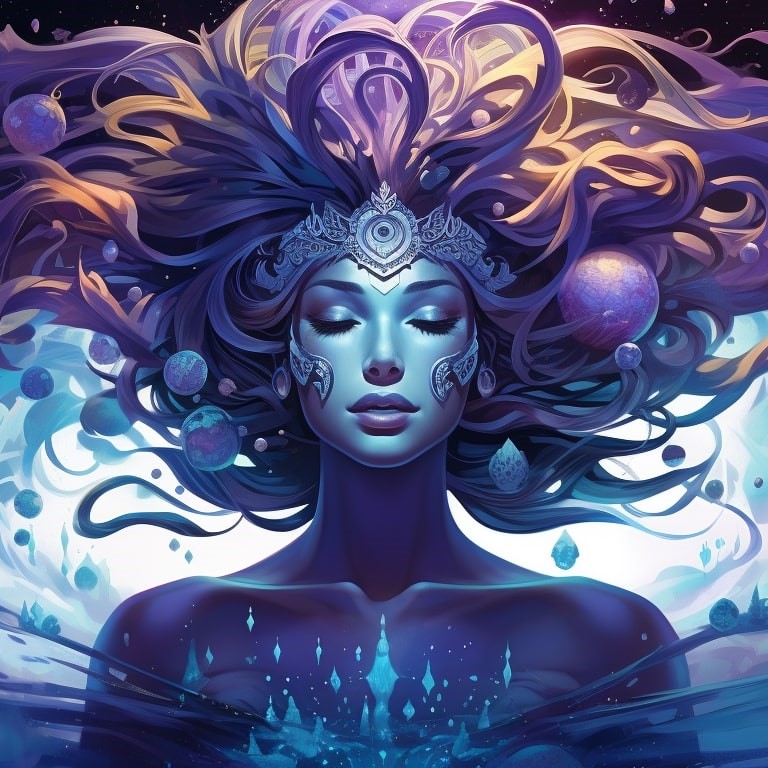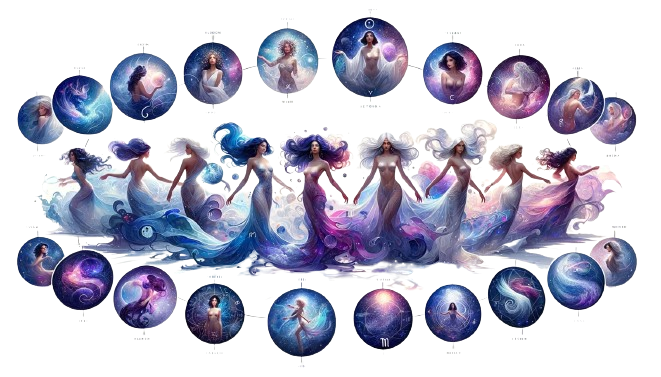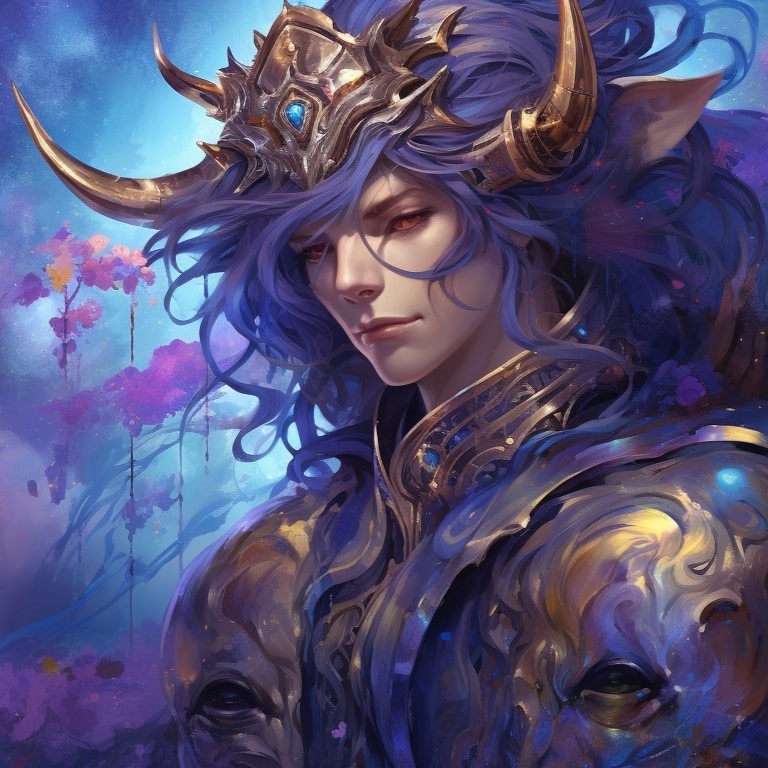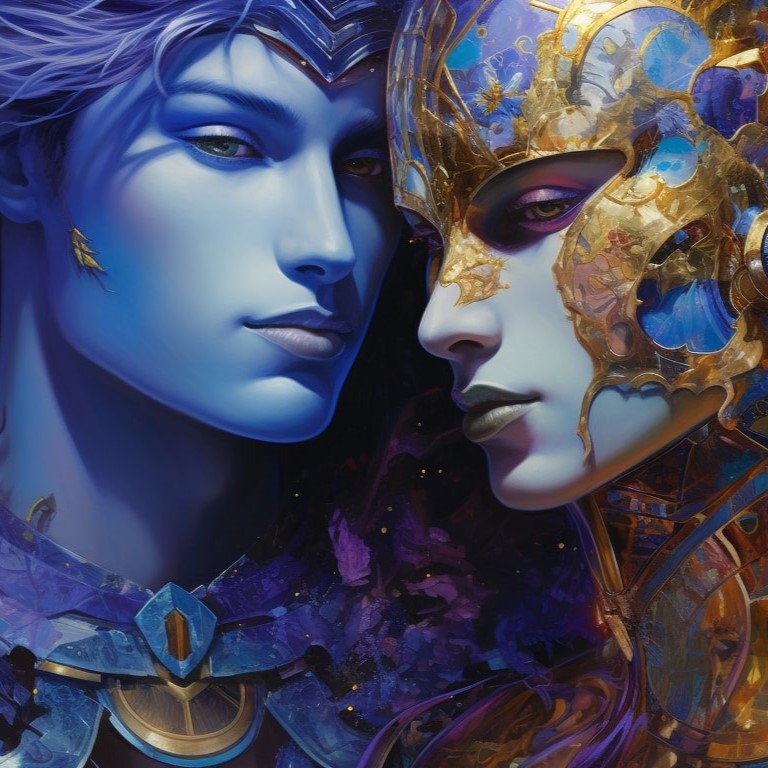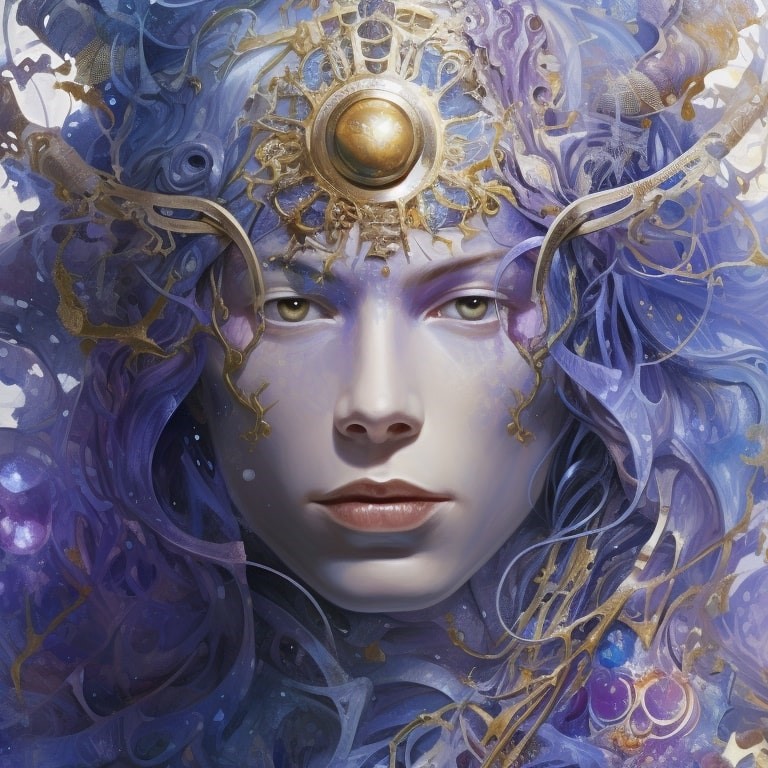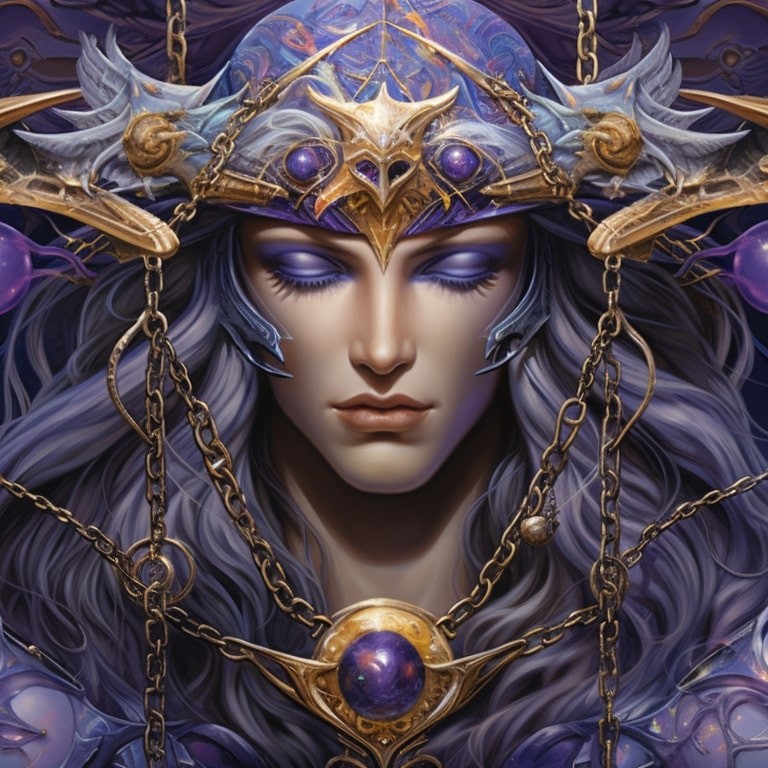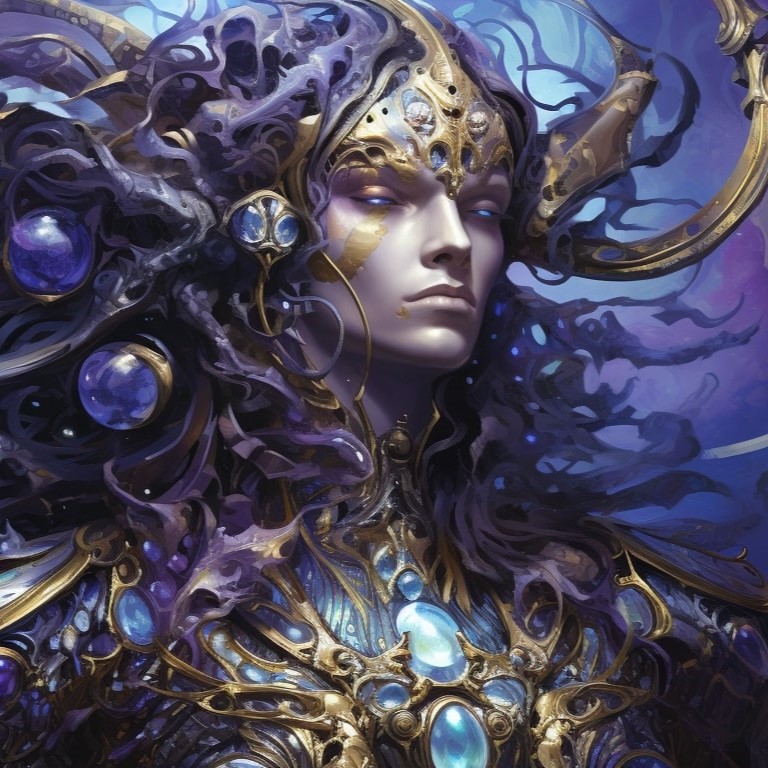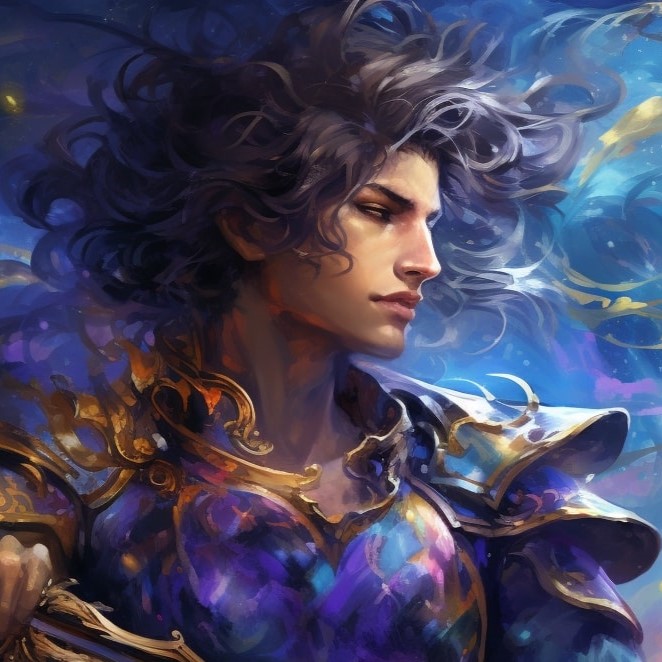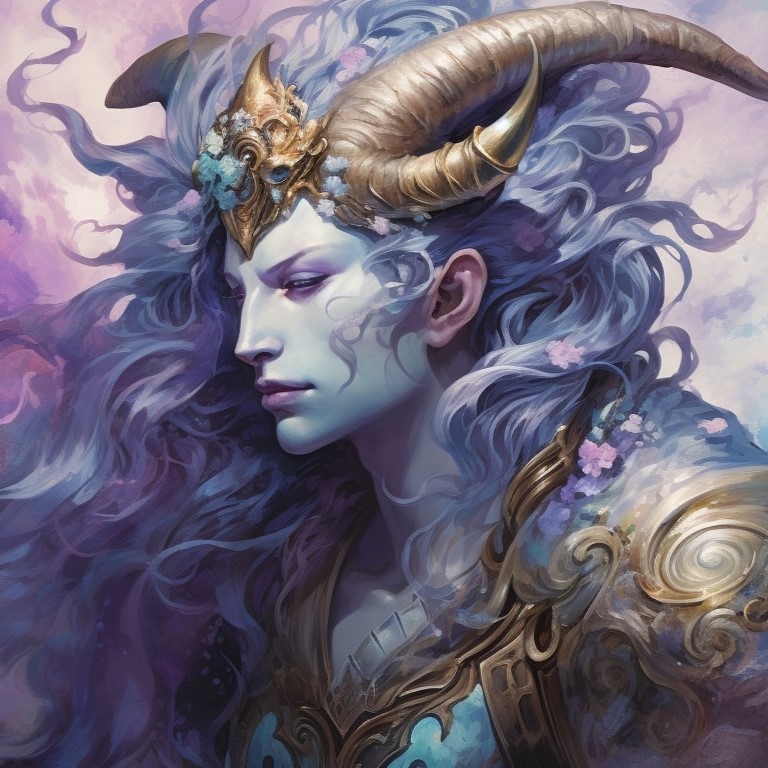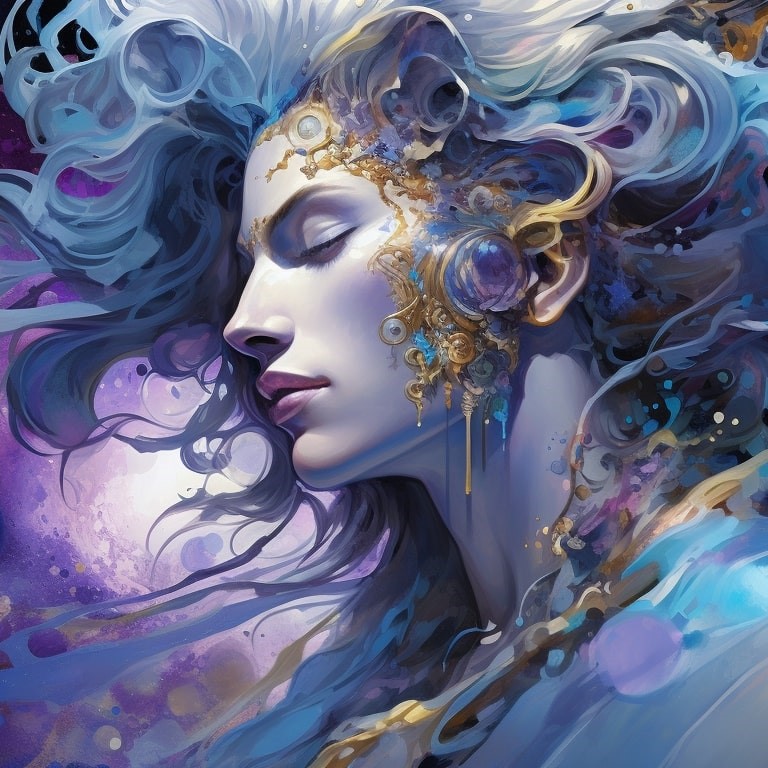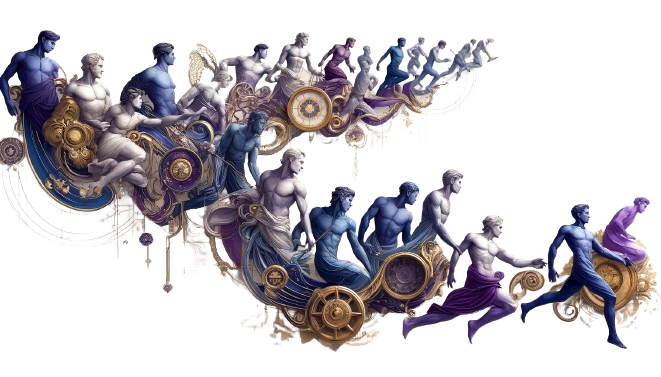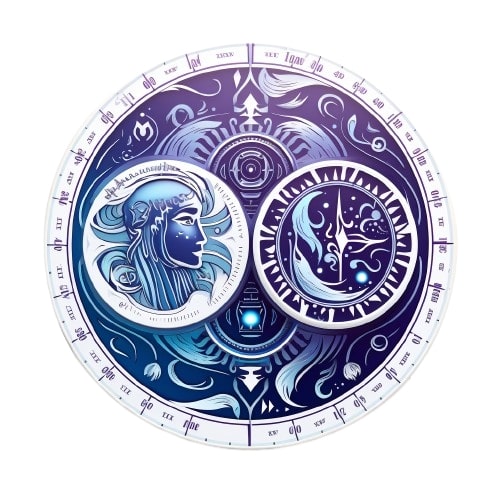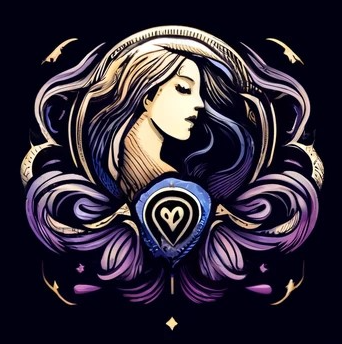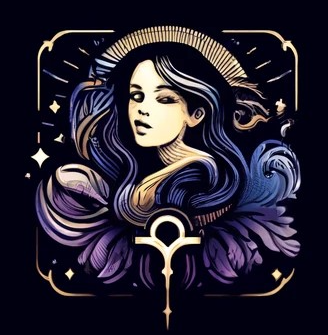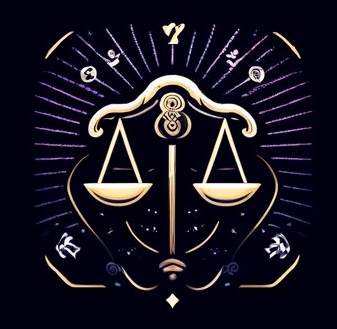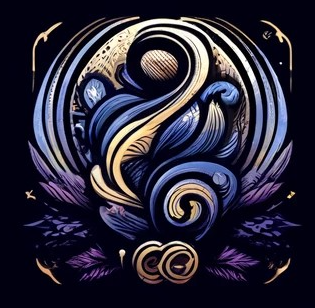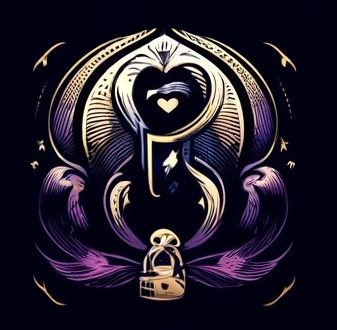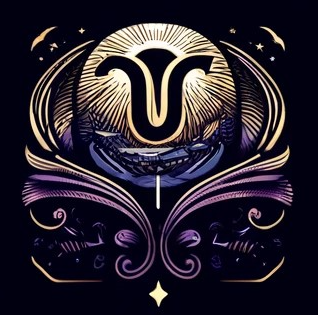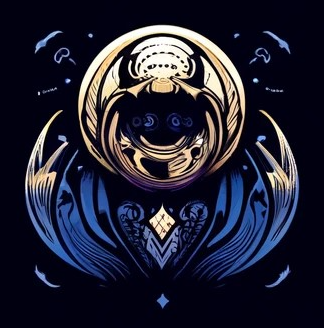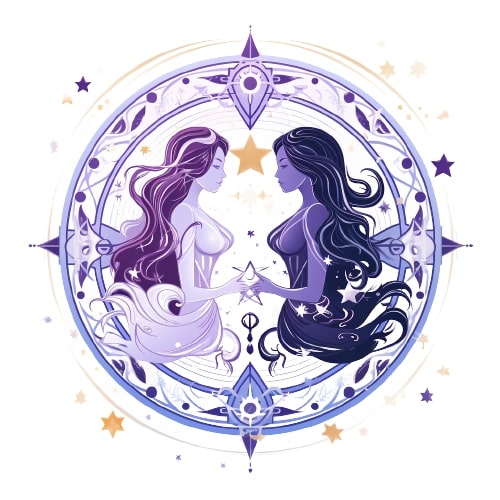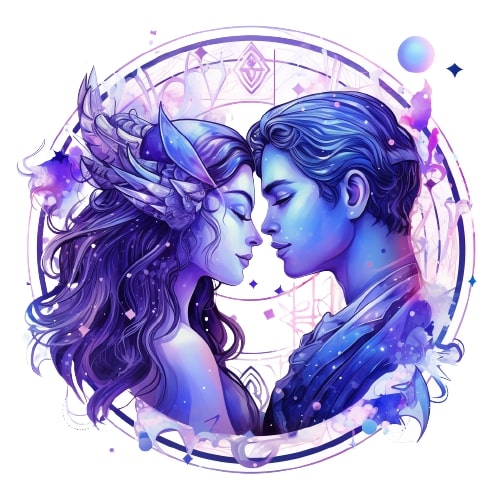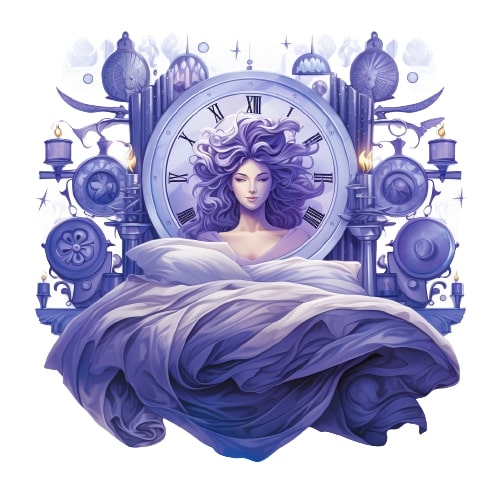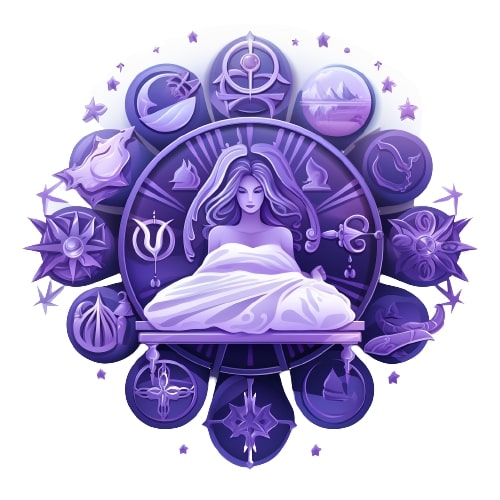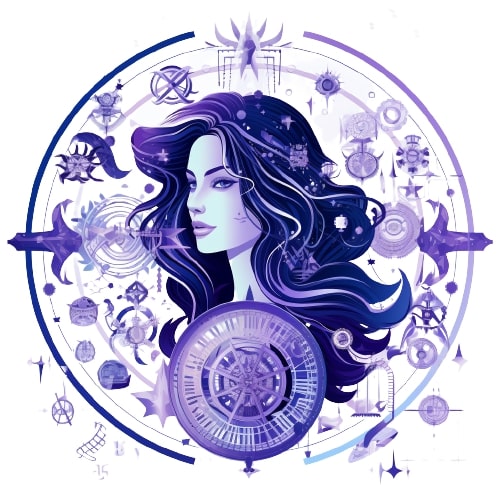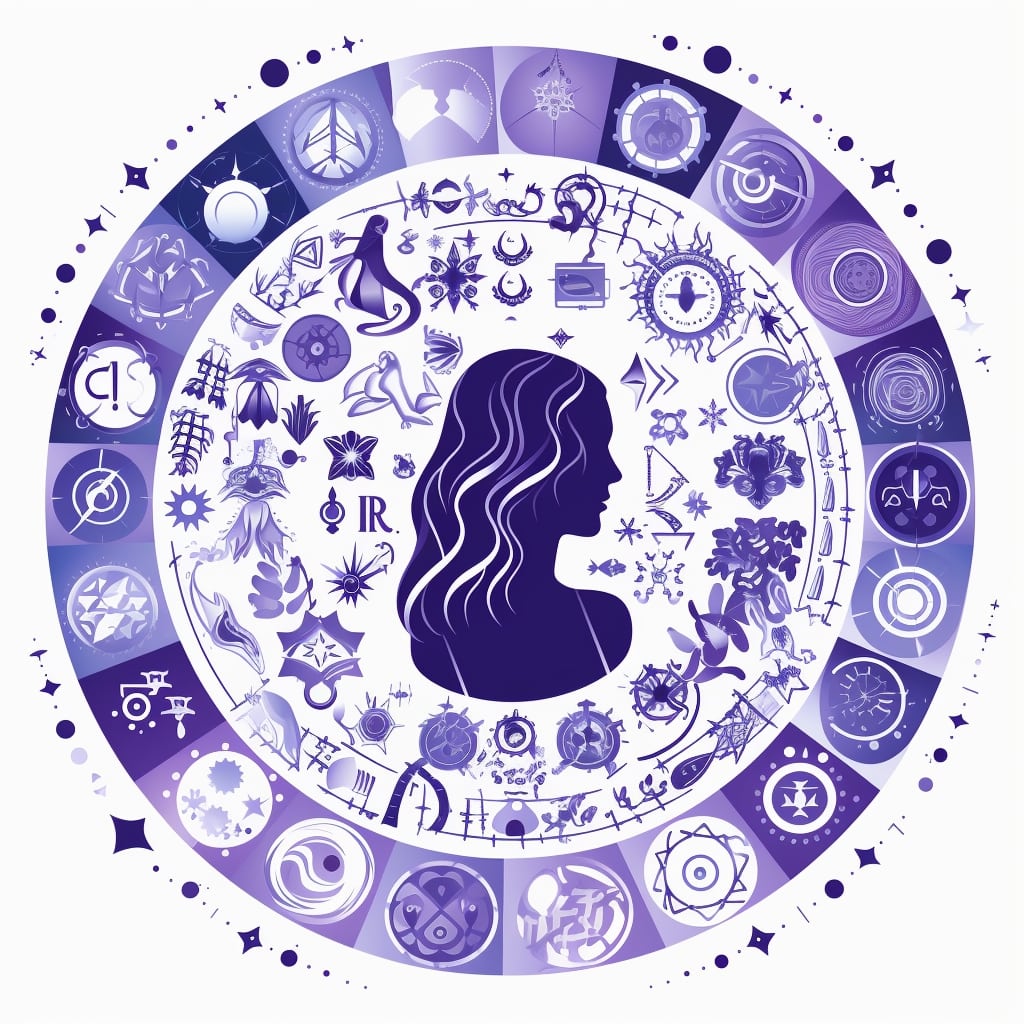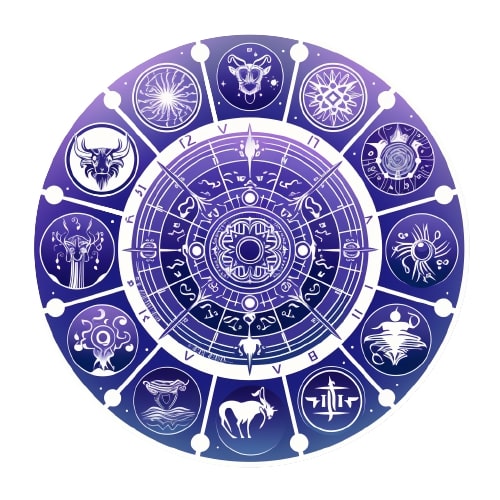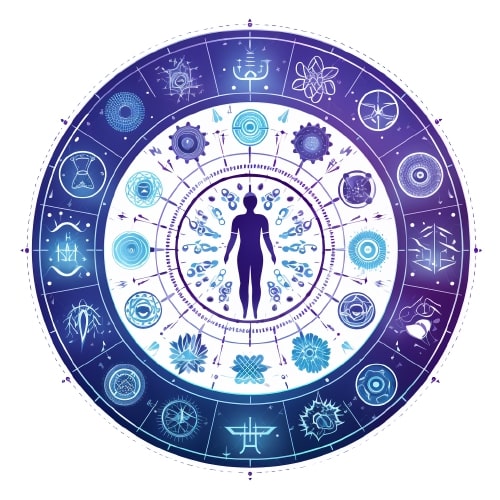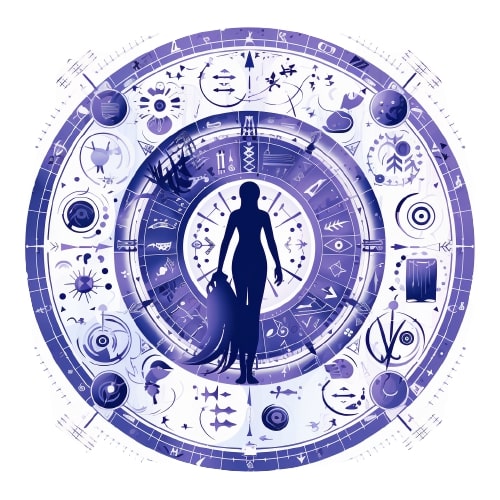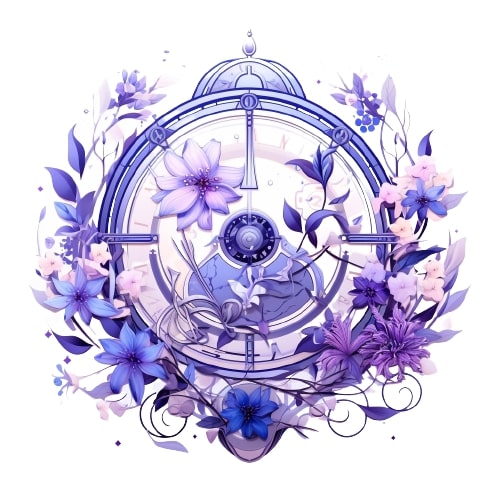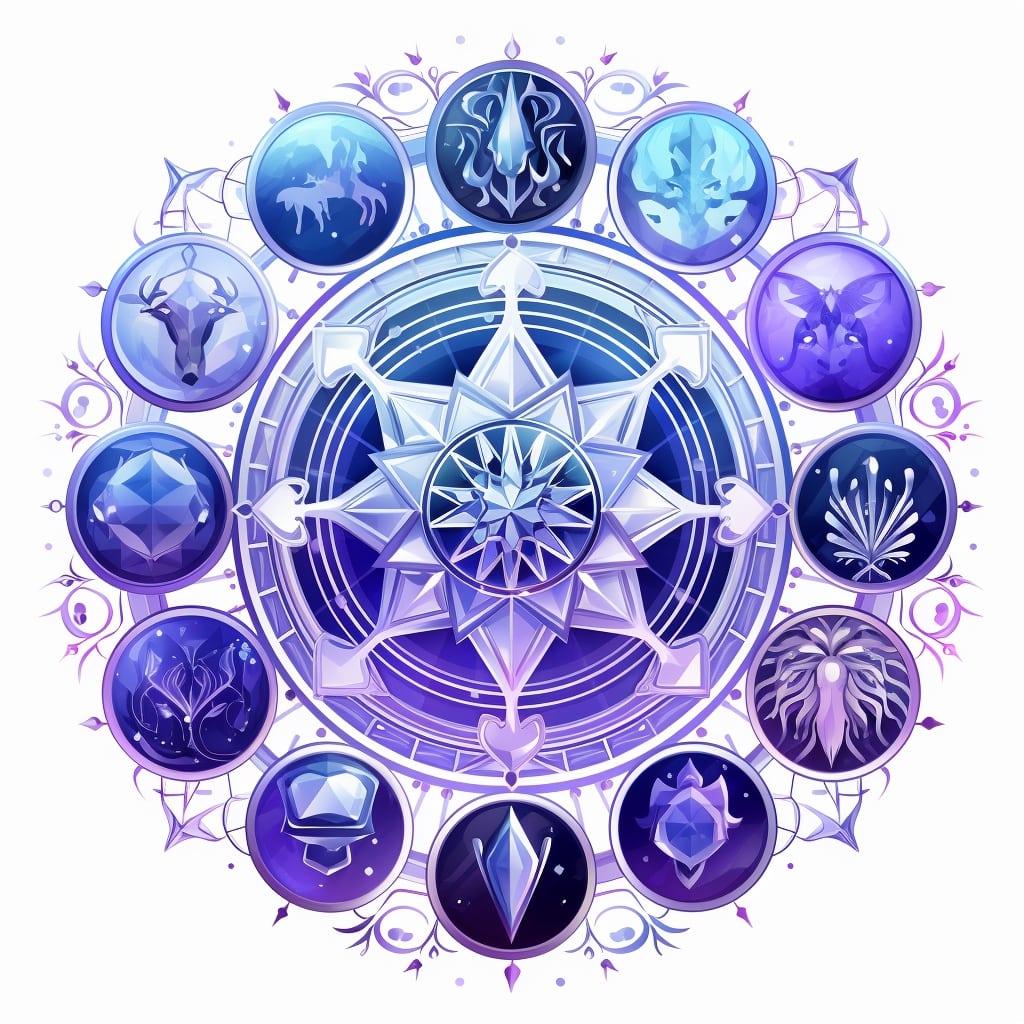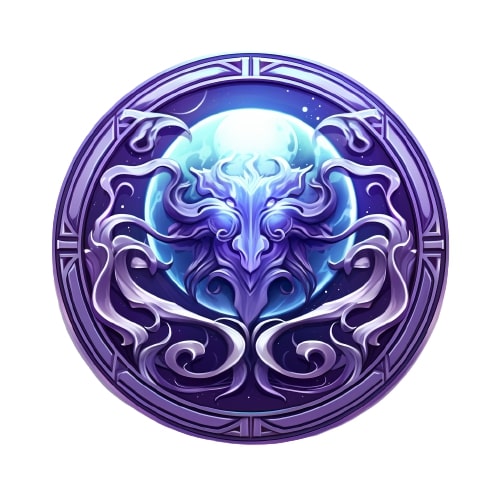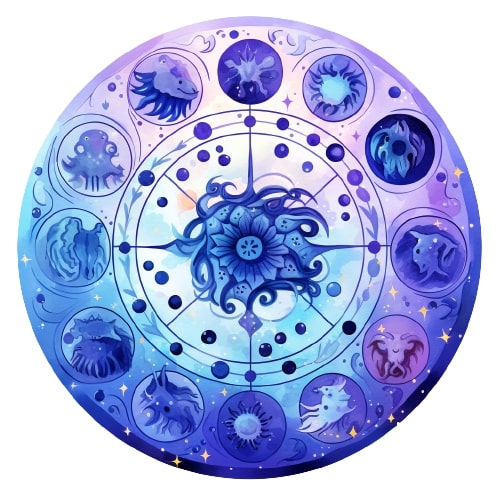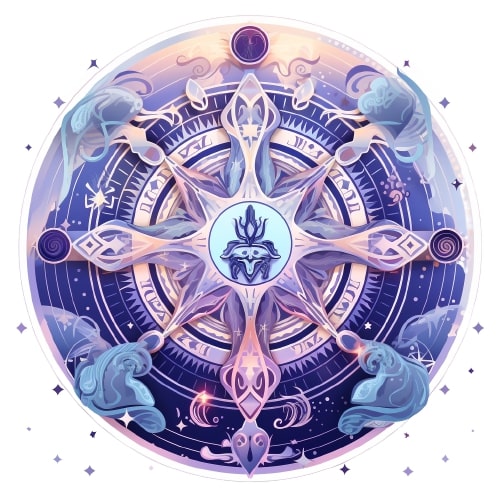When it comes to astrology, two terms often mentioned are zodiac and rashi. But what exactly do they mean, and how do they differ? In this article, we will explore the distinction between the zodiac and Rashi, shedding light on their origins, interpretations, and cultural significance.
The zodiac is a fundamental concept in astrology, consisting of twelve signs that symbolize different personality traits and characteristics. Each zodiac sign is associated with specific dates and is believed to influence a person’s behavior and destiny. On the other hand, Rashi is a term used in Vedic astrology, representing the moon’s position at the time of birth. It provides insights into an individual’s emotional and mental tendencies. Throughout this article, we will compare the interpretations and applications of the zodiac and Rashi, uncovering how astrologers use these concepts in different contexts. So, let’s embark on this exploration and unravel the fascinating world of the zodiac and Rashi!
Understanding Zodiac
In astrology, the zodiac plays a vital role in understanding personality traits and making predictions. Let’s explore the zodiac’s origins and significance in astrology.
The zodiac is a celestial coordinate system that divides the sky into twelve equal parts, each represented by a zodiac sign. These signs are based on the position of the sun at the time of an individual’s birth. The twelve zodiac signs are Aries, Taurus, Gemini, Cancer, Leo, Virgo, Libra, Scorpio, Sagittarius, Capricorn, Aquarius, and Pisces.
Each zodiac sign is associated with specific characteristics. For example, Aries individuals are known for their leadership qualities and assertiveness, while Pisces individuals are considered compassionate and imaginative. Astrologers analyze the placement of planets in a person’s birth chart to gain a deep understanding of their zodiac sign and its influence on their personality.
Zodiac Signs vs. Rashi
It’s important to note that zodiac signs differ from Rashi, a Vedic astrology concept. While zodiac signs are based on the position of the sun, Rashi is determined by the moon’s position at the time of birth. Rashi consists of twelve signs, similar to the zodiac, but there are differences in their interpretations and applications.
- Zodiac signs: The zodiac signs are widely recognized and used in Western astrology. They provide insights into an individual’s temperament, behavior, and compatibility with others.
- Rashi: In Vedic astrology, Rashi is considered important for determining an individual’s emotional and psychological makeup. It is also used to assess compatibility in relationships, predict major life events, and offer guidance in decision-making.
Understanding the zodiac signs and their meanings can help us better understand ourselves and others. In the following sections, we will explore Rashi and compare it to the zodiac, unraveling the intricate world of astrology.
Exploring Rashi
In astrology, Rashi is another important component of astrological interpretation, complementing the concept of the zodiac. Rashi is significant in providing deeper insights into an individual’s personality traits and characteristics.
When constructing astrological charts, astrologers consider the rashi sign in conjunction with the zodiac signs to better understand an individual’s astrological profile. Just as each zodiac sign represents different qualities and traits, each Rashi sign carries its own distinct interpretations.

Rashi Signs and Interpretations
There are twelve Rashi signs, aligning with the twelve zodiac signs. Each Rashi sign corresponds to a specific region of the sky and carries its own unique symbolism. These rashi signs are deeply integrated into astrological interpretations, offering valuable insights into an individual’s emotional inclinations and behavioral patterns.
- Mesha (Aries)
- Vrishabha (Taurus)
- Mithuna (Gemini)
- Karka (Cancer)
- Simha (Leo)
- Kanya (Virgo)
- Tula (Libra)
- Vrishchika (Scorpio)
- Dhanu (Sagittarius)
- Makara (Capricorn)
- Kumbha (Aquarius)
- Meena (Pisces)
Each Rashi sign has its own set of qualities, ruling planets, and elemental associations. These elements combine to shape an individual’s characteristics and influence their interactions and relationships in various aspects of life.
Comparison with Zodiac Signs
While Rashi and zodiac signs both play a crucial role in astrological interpretations, they offer distinct perspectives. Zodiac signs primarily focus on an individual’s external traits and general personality characteristics, while Rashi signs provide a deeper understanding of one’s emotional tendencies and inner nature.
Rashi signs are intimately connected to an individual’s astrological chart, offering granular insights into various aspects of life, including emotions, relationships, and career choices. They provide a more nuanced analysis, enabling astrologers to provide personalized guidance and predictions based on an individual’s rashi sign.
Understanding the contrast and comparison between zodiac and Rashi signs allows individuals to delve deeper into their astrological profiles. Exploring both concepts offers a more comprehensive understanding of oneself and can provide valuable guidance for navigating different aspects of life.
Differences in Origins
Understanding the origins of the zodiac and Rashi is essential in astrology. These two concepts have distinct roots and vary in their historical development, leading to variations in interpretation and understanding.
The zodiac, as we know it, can be traced back to ancient civilizations such as the Babylonians and Greeks. It is based on the positional relationship between the Earth and the stars, dividing the sky into twelve equal parts known as zodiac signs. Each sign is associated with specific personality traits and characteristics. Astrologers use the zodiac to analyze and predict events and patterns in an individual’s life.
Conversely, Rashi finds its origins in Vedic astrology, an ancient Indian astrological system. Rashi refers to the moon’s position at the time of birth and is an integral part of creating astrological charts. Similar to the zodiac, Rashi is divided into twelve signs, each representing different aspects of an individual’s life. Unlike the zodiac, which primarily focuses on sun signs, Rashi incorporates the influence of the moon, providing deeper insights into a person’s emotional and spiritual nature.
These differences in origins contribute to variations in the interpretation and application of the zodiac and Rashi. While the zodiac is widely recognized and used in Western astrology, Rashi holds significant influence in Eastern astrology and Vedic traditions. Understanding these distinctions is crucial for astrologers and enthusiasts seeking a comprehensive understanding of astrology’s diverse practices around the world.
Interpretations and Applications
As we delve deeper into the world of astrology, it becomes clear that the interpretations and applications of the zodiac and Rashi play a crucial role in understanding the complexities of this ancient practice.
Astrologers utilize both zodiac signs and Rashi signs to gain insights into various aspects of an individual’s life, personality, and destiny. While the zodiac provides a broader framework based on the twelve celestial constellations, rashi focuses on the specific position of the moon at the time of a person’s birth.
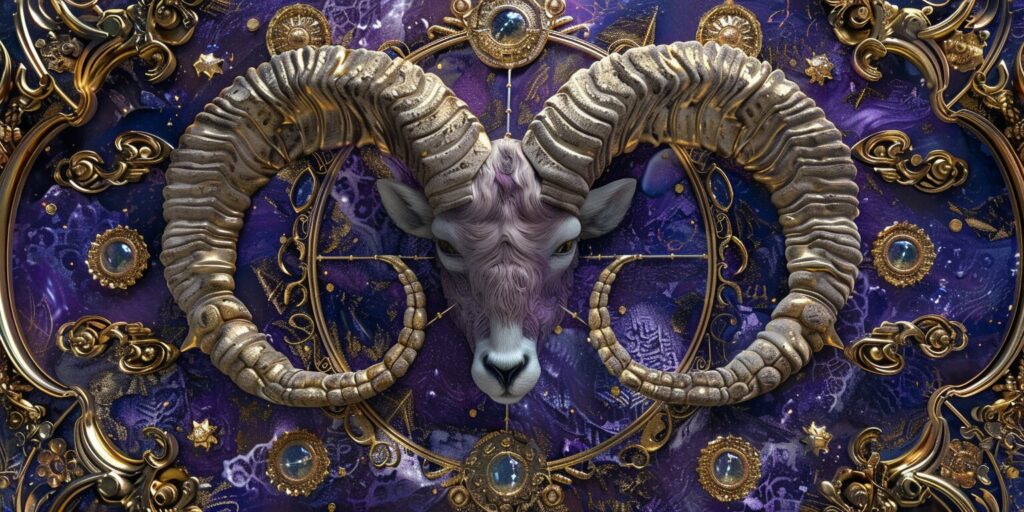
Zodiac and Rashi: A Contrasting Dynamic
- Zodiac: The zodiac signs represent distinct personality traits and characteristics associated with each constellation. Astrologers often analyze the zodiac signs to understand an individual’s mindset, behavior, and compatibility with others.
- Rashi: On the other hand, Rashi signs emphasize the moon’s influence in determining an individual’s emotional well-being, instincts, and reactions to various situations. They offer a deeper understanding of one’s inner self and emotional tendencies.
While zodiac signs consider a broader range of personality traits, Rashi signs focus more on emotional and instinctive aspects of an individual’s nature. Astrologers combine both zodiac and Rashi signs to gain a comprehensive understanding of an individual’s astrological profile.
Applications in Different Contexts
When it comes to applications, both zodiac signs and Rashi signs find their significance in different contexts within astrology.
- Zodiac Sign Compatibility: Astrologers often use zodiac sign compatibility to analyze the interactions and potential harmony between two individuals. By examining the compatibility between zodiac signs, astrologers can determine the compatibility in love, friendship, and professional relationships.
- Rashi Sign Analysis: Rashi signs, on the other hand, are integral to analyzing an individual’s emotional well-being, family dynamics, and personal relationships. Astrologers use Rashi signs to gain insights into an individual’s emotional needs and potential challenges they may face in relationships.
Understanding the interpretations and applications of both zodiac and Rashi signs allows astrologers to provide a comprehensive astrological analysis that encompasses the various aspects of an individual’s life.
Cultural Significance
The difference between the zodiac and Rashi extends beyond astrology and enters the realm of cultural significance. The zodiac and Rashi hold immense importance and influence in various societies and traditions. Cultural beliefs and practices shape the interpretation and application of these astrological concepts, giving them unique characteristics and meanings.
Cultural Beliefs and Interpretations
Zodiac signs and Rashi signs are often associated with specific traits, characteristics, and symbolism in different cultures. These beliefs and interpretations vary, adding depth and diversity to understanding astrological concepts. For example, in Western astrology, zodiac signs are commonly linked to elements such as fire, earth, air, or water, reflecting personality traits. On the other hand, Rashi signs in Vedic astrology emphasize different planetary energy and influences.
Traditional Practices and Rituals
Cultural traditions often incorporate the zodiac and Rashi into various practices and rituals. For instance, in Chinese culture, the Lunar New Year is celebrated based on the year’s zodiac sign. Different zodiac animals, such as the Year of the Rat or Year of the Ox, are believed to influence the year ahead. Similarly, in Indian culture, Rashi signs are considered during events like weddings and the naming of newborns to determine favorable timings and influences.
Art, Literature, and Symbolism
Zodiac and Rashi signs have also found their way into art, literature, and symbolism, reflecting cultural beliefs and aesthetics. In paintings, sculptures, and other visual arts, zodiac symbols are often portrayed to represent specific qualities and attributes. Mythological tales and stories associated with zodiac signs or rashi signs further enhance their cultural significance, keeping these astrological concepts alive through storytelling.
Regional Variations and Traditions
It’s important to note that cultural significance differs across regions and traditions. While some cultures emphasize the zodiac as a predominant astrological concept, others give more weight to Rashi signs. The diversity in cultural significance further emphasizes the contrasting aspects of the zodiac and Rashi, adding depth to the field of astrology and expanding its interpretations.
- Distinct cultural beliefs and interpretations shape the understanding of the zodiac and Rashi.
- Traditional practices and rituals incorporate the zodiac and Rashi.
- Art, literature, and symbolism reflect the cultural significance of the zodiac and Rashi.
- Different regions and traditions contribute to the diverse cultural interpretations of the zodiac and Rashi.
Astrological Compatibility
When it comes to astrological compatibility, the zodiac signs and Rashi signs play important roles in determining the harmony and compatibility between individuals in personal relationships.
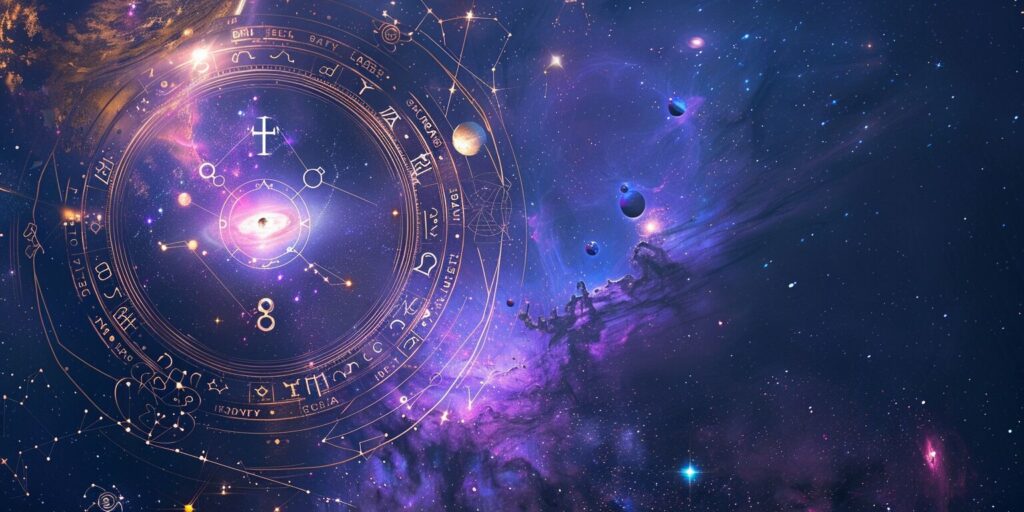
The zodiac signs, based on the position of the sun at the time of birth, are traditionally used to assess personality traits and compatibility. They provide insights into individual characteristics, communication styles, and emotional needs. For example, a fire sign like Aries is known for its passionate nature, while an earth sign like Taurus is more grounded and practical.
On the other hand, Rashi signs in Vedic astrology are determined by the position of the moon at the time of birth. These signs are believed to influence emotional well-being, instincts, and subconscious behavior. Rashi signs provide a deeper understanding of an individual’s emotional compatibility and how they connect on an intuitive level.
When comparing zodiac signs and Rashi signs, there can be similarities and differences in how they assess compatibility. Some astrologers prioritize zodiac sign compatibility, while others place more emphasis on rashi sign compatibility. It ultimately depends on the astrological traditions and techniques followed.
- Both zodiac signs and Rashi signs can be used to determine compatibility and understand relationship dynamics.
- Individuals with compatible zodiac signs are believed to have better communication and shared interests, creating natural harmony in relationships.
- Similarly, aligning rashi signs can indicate emotional attunement and understanding of each other’s needs at a deeper level.
- However, it’s essential to note that compatibility in astrology is not solely dependent on zodiac signs or rashi signs. Other factors, such as the positions of other planets in the birth chart, also influence the overall compatibility assessment.
Ultimately, astrological compatibility is a complex and nuanced process that requires a comprehensive analysis of various factors. Both zodiac signs and Rashi signs contribute unique insights into compatibility, allowing individuals to understand themselves and their partners more deeply.
Conclusion
Throughout this article, we have explored the fascinating world of astrology and the differences between zodiac and Rashi. Both concepts play significant roles in understanding personality traits, compatibility, and interpreting astrological charts.
The zodiac, consisting of twelve signs, is based on the position of the sun at the time of birth. Each sign carries distinct characteristics and influences an individual’s behavior and life path.
Rashi, on the other hand, refers to the moon’s position at the time of birth. It helps astrologers understand emotional tendencies and thinking patterns and offers insights into one’s inner self.
While the zodiac focuses on the sun’s influence, Rashi delves into the moon’s impact. By considering both zodiac signs and Rashi, astrologers comprehensively understand an individual’s astrological profile.
Understanding the differences between the zodiac and Rashi allows us to appreciate astrology’s complexity and depth. Whether we turn to the zodiac or Rashi for guidance, both concepts offer unique perspectives, providing valuable insights into our lives and relationships.
